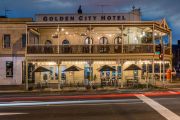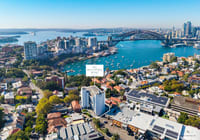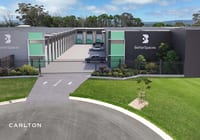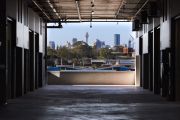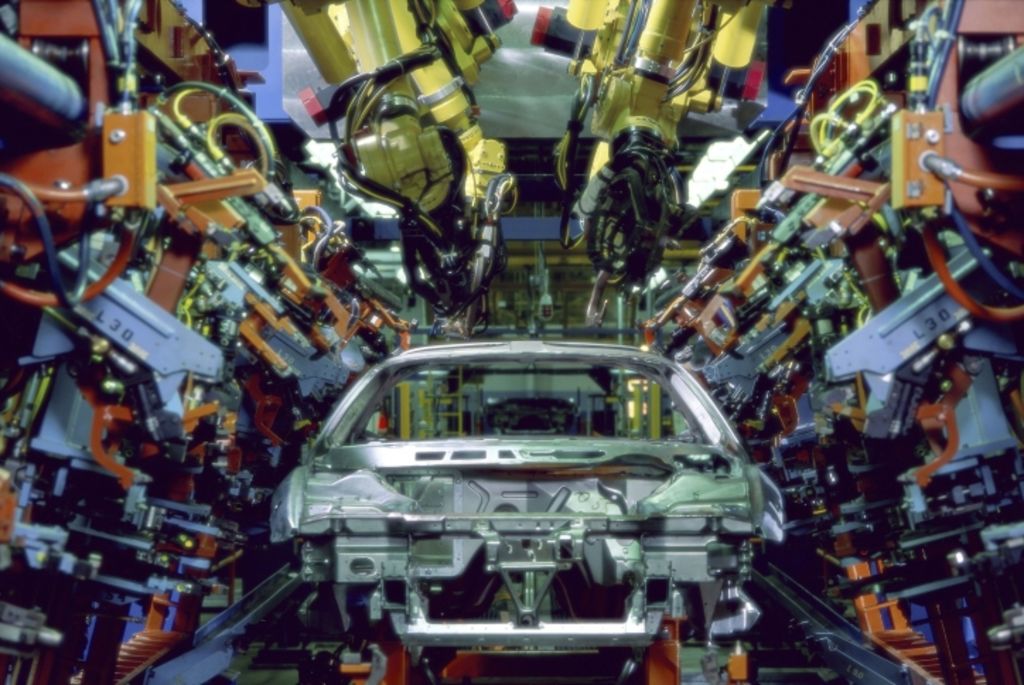
Melbourne braces for glut of industrial sites
A manufacturing resurgence in Melbourne could soften the blow dealt by the end of the local automotive industry, as the city prepares to deal with more than 60 hectares of prime industrial land becoming redundant.
In its new Time is Fast Approaching white paper, Colliers International cites evidence of a burgeoning caravan and auto spare parts manufacturing sector in Melbourne as an indication that the volume of vacant space post-2017 may be less than previously anticipated.
“Early indications are that more suppliers are diversifying into other industries than was previously thought,” Tony Iuliano, Colliers International national director of industrial, said.
“In the north, a number of suppliers are amending their production techniques to become a supplier to Melbourne’s burgeoning caravan manufacturing industry, which doesn’t face nearly as many export threats and remains in high demand.”
Mr Iuliano said there were also a number of emerging industries increasing their demand of industrial space, including research and development and agriculture, driven by increased demand from the Chinese market.
“These industries have the potential to mop up some of the vacated space left over from those parts suppliers that will close down,” Mr Iuliano said.
“Melbourne has long been Australia’s R&D capital. Biotechnology, pharmaceuticals, biosecurity and agricultural research are some of the areas in which Melbourne is a world leader.
“High-tech manufacturers are also still actively looking for space in Melbourne’s north and south east.”
The decision by car manufacturers to focus now on procuring, then stockpiling, spare parts has led to a slowdown in the decline of parts manufacturers.
“The automotive aftermarket is also a sector that is continuing to demand supplies from local manufacturers,” Mr Iulianio said.
“Most of Melbourne’s car manufacturers require at least 10 years’ worth of parts to be made available for aftermarket and servicing purposes, so there is still demand for their product.
“A number of firms are choosing to produce this 10 years of supply now, store the product – thus creating warehousing demand – and move on to utilising their factories to supply other industries.”
However, pockets of what was once Melbourne’s industrial heartland are still set to be rocked by a huge surge in vacant space as Ford, then Holden and Toyota, abandon their local manufacturing operations and associated suppliers go out of business.
According to the white paper, some but not all of the 665,000 square metres of industrial space currently used by the automotive industry is set to be repositioned as logistics space, advanced manufacturing or large-format retail – with the potential for some residential redevelopment.
According to Colliers, the south-east precinct, 25 kilometres from Melbourne’s central business district and comprising Greater Dandenong, Kingston, Knox and Monash City, has the highest concentration of impacted industrial space, at almost 350,000 square metres.
If around 30 per cent of local manufacturers survive, as has been initially estimated by the company, then the south-east alone can expect around 245,000 square metres of space to become vacant in late 2016 and into 2017.
“We expect that at the end of 2016 – particularly for businesses located in Melbourne’s north – the trickle of manufacturing facilities and excess land entering the market will become much more profound as some businesses finally cease production,” Mr Iuliano said.
